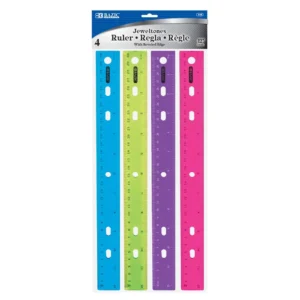According to a recent survey, 60% of employees say they are anxious at work all or most of the time. They feel underpaid, undervalued, and overworked, according to recent research. In a survey conducted by consulting company West Monroe, 51% of employees stated they were reluctant to ask their bosses for time off over the Christmas season. Another 44% said their organization did a poor job of gathering and responding to criticism.
What is the key to unrivaled and ever-increasing success? The end goal we constantly have in mind is to deliver consistent and high-quality product services. However, the quality of your company’s outcomes is only as good as the people who provide them. Your team looks up to you as a leader as well as a manager. You have the opportunity to assist each of your workers to achieve their full potential. So, what constitutes a good team, and how do you put one together?

Develop a genuine connection with your staff
In a poll regarding workplace communication, 69% of managers acknowledged being uncomfortable talking to their staff. That certainly does not augur well for such organizations’ retention rates. How can you motivate your staff to perform at their best if you’re frightened to speak to them? Now, we don’t recommend that managers become too personal with their employees, but creating a line of contact might mean the difference between a long-term employee and a surprisingly high turnover rate.

Know your staff’s worth
According to one survey, a lack of appreciation was cited as a key factor for individuals quitting their jobs. Employees from Generation Z and Millennials, in particular, enjoy acknowledgment. In a workplace recognition poll, 79% of respondents felt that receiving greater acknowledgment would make them more loyal to the organization. Employees who do not feel valued, on the other hand, are considerably more inclined to search for a job elsewhere. About 22% of employees admitted to interviewing for a new job after feeling their labor was undervalued, according to an employee engagement system.

Develop a culture that is healthy and thriving
What makes a successful team and, in turn, what creates a positive business culture? The working atmosphere of your employees may have a significant influence on their productivity. However, your working environment might reflect the culture of your firm. When the office becomes too loud, teamwork suffers. Your team’s collaborative efforts will lose steam if the workplace layout generates a physical divide.
Consider rearranging your workplace to encourage your employees to interact with one another more. Try placing your workstations in an open arrangement and begin collaborating with your coworkers. This will demonstrate that you are interested in and supportive of them.
Better teamwork will result from improving the work environment. It will, however, serve as the first step in establishing a more positive workplace culture.

Build a more cohesive team
How well does your group collaborate? Is it clear that they’re able to work together to overcome obstacles regularly? Or do they appear to disintegrate when the strain is too great?
Working connections may make or break your team’s success. Employees who trust one another are more likely to succeed and collaborate as a group. Teams with strained or acrimonious relationships are less likely to deliver high-quality work.
The best teams aren’t only good communicators. They support and encourage one another in achieving their duties and objectives.

Be open to receiving feedback
Open communication is important at work so that employees know what is expected of them and leaders know what their teams require to thrive. If employees don’t feel comfortable expressing comments with higher management, they are 16 percent less likely to stay at their employment.

Employees will stay with you longer if you provide them with some benefits
Benefits are the simplest way to boost your staff’s happiness. According to a 2020 employee welfare survey, 70% of respondents felt that having a larger range of perks would boost their employer’s loyalty. While this may appear to be an expensive proposition, greater work benefits may very well be less expensive than the loss of top employees. A company loses an average of $15,000 when an employee departs, according to the Work Institute’s annual retention study.

Final Thoughts
Putting together a successful and effective team is a difficult task. Keeping the status quo among your team may appear to be less difficult. However, if you take on the task with these top-notch recommendations, you’ll be able to achieve more substantial outcomes in the long term. Remember, great management matters!
All images in this post are owned by fauxels















